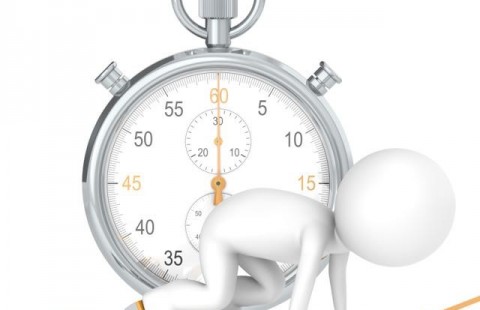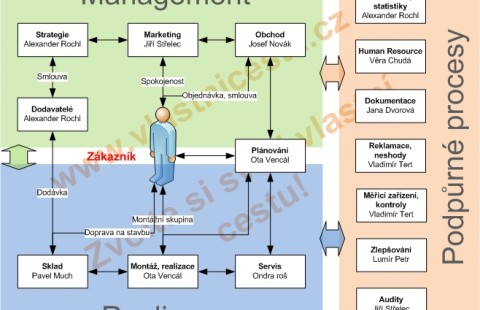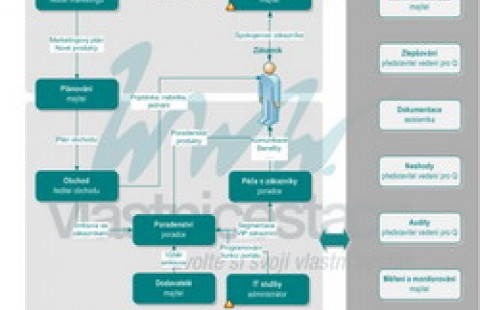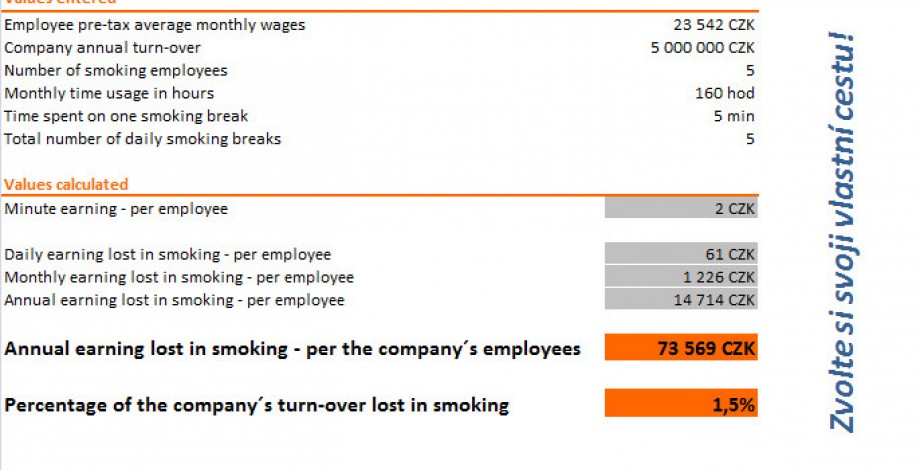Would you believe the employer voluntarily donates their smoking employees a yearly bonus amounting to just short of CZK 15.000,-? We would. We have calculated how much money a regular smoker puffs out in smoke during their working hours. As a bonus, we have prepared for you a downloadable file with a formula to calculate how much your company contributes towards smoking."
Most companies have two groups of employees – smokers and non-smokers. Members of the former one, contrary to the latter, enjoy a short break several times a day. You can often overhear the following phrase: “Frankie, let´s have a smoke.“ It can be overheard absolutely everywhere five times during the day – early morning (on arrival at work), later in the morning (just for a short break), after lunch (to stimulate activity), in the afternoon (for a little rest), as well as minutes from the quitting time. Although the so-called smoking breaks last just five minutes, they still represent a non-productive time being paid for by the employer. We wondered how much the employer really contributes towards the nicotine therapy of their employees.
Suppose that
the pre-tax average wages in the Czech Republic make CZK 23.542,-
and the number of smoking breaks per day is 5
then it follows that, anually, one smoker costs the company up to CZK 14.714,-. Of course, it will only hold if smokers do not make for these breaks by working overtime or harder. It is an above-standard bonus that makes non-smokers disadvantaged in comparison. We will get other interesting numbers if we figure it out for the entire company. In doing so, we can easily find out the company employing 10 smokers and making CZK 10 million annual turn-over puffs up to 1,6% of its turn-over out in smoke.
Promoting informal relations
It is only understandable that, having them read the above calculation, they will immediately argue those smoking breaks promote informal relations. Smokers from different departments meet at popular spots around the company to strengthen mutual relations and exchange information. In fact, they facilitate the information flow across the departments. Yes, surely this si a positive aspect of having such a break. Yet, how many such breaks are we actually talking about? Do not these breaks also serve to spread useless rumour and needless information? The scale of their benefit to the company is to be considered by the managers. It is them who should know how much time their workers waste and how much idle gossip is currently spreading through the company. The outputs of smoking breaks are heavily dependent on maturity and decent judgment of the staff and the managers´ approach. We are going to concentrate more on the facts and calculations, though.
Smokers´statistics in The Czech Republic
Czech statistics of 2007 warn there are 2.300.000 people who smoke in the Czech Republic. That number roughly represents one quarter of the country´s entire population. One half of them are minors. As a consequence, 18.000 people die in this country every year of the ill-effects of smoking, of which number 8.000 die of cancer and 7.000 of the diseases of heart and blood-vessels.
It has been found three cigarettes a day do not make a dose that has been proven to have dramatic health risks. An active smoker, nevertheless, smokes more than ten cigarettes a day.
Employers have come to realize when their worker is a smoker, his or her working performace is much lower than in non-smokers. On a daily basis, during their smoking breaks (and if not monitored), the period of time when they smoke spans up to 50 minutes in total (see the www.kurakovaplice.cz website), with smoking a single cigarette taking about 5 minutes. In such a case, the company pays 10% of the smoker´s monthly wages to cover his or her smoking breaks.

The Real | Interim Manager for Your Changes

Manager work model

Time management - making use of time effectively

Jak správně tvořit mapu procesů

Modelling and setting the processes and procedures - ISO 9001

Training - preparation of the SWOT analysis and strategy

Company Management System of Quality Step by Step - ISO 9001

Process map acc ISO 9001 - business offer

IT staff communication
By means of a simple calculation, we will figure out employers in the Czech Republic may expend up to CZK16.921.100.000,- every year on business hours spent idly smoking.
Conclusion
Smoking represents a no small financial burden for the company. If we add an obligation to protect health of non-smoking employees into the equation, most employers see a single solution to the problem – a prohibition of smoking in the workplace. Due to such a restriction employees lose one informal opportunity how to meet with their mates strengthening their friendly relations. Believe me, however, we have still been left with plenty of similar opportunities, even cheaper and healthier ones.
One can clearly argue that, like smoking, we might as well target drinking of coffee, exchange of pleasantries in the corridors, etc. Little by little we could lose all our daily delights and live in quite a sterile environment. Surely this is not the way we want to go. Let us remember our grandparents, with the grandad producing his pipe every Sunday afternoon ceremonially relishing the taste and the smell of tobacco. He had his pleasures under control.
If you are interested in how much your company in particular spends on smoking habits of employees, please, download the attached file and input your own data.

